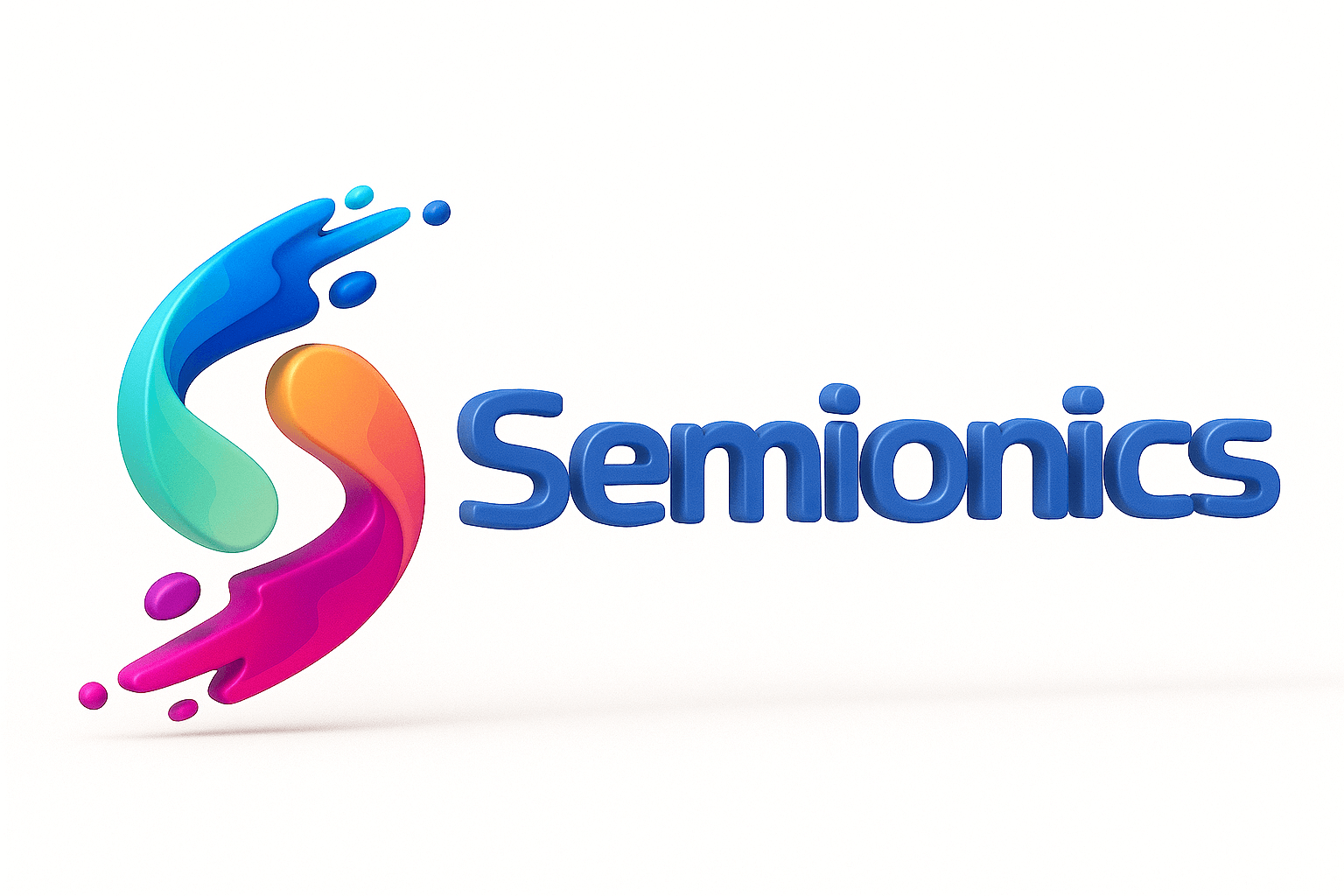Expert-Led Design for Test (DFT) Training
How do you test a billion-transistor chip for manufacturing defects? The answer is Design for Test (DFT). Our asic design course teaches you the critical techniques to make complex chips testable, a mandatory skill for modern asic development.

The Core Methodologies of Design for Test
Our asic online course covers every essential DFT method, preparing you to create robust and testable asics hardware for any asic manufacturer.
Scan Chain Insertion
Learn the fundamental DFT technique of stitching all the flip-flops in a design into a “scan chain” to provide internal access for testing.
ATPG (Automatic Test Pattern Generation)
Master the asic software that automatically generates the test patterns needed to detect manufacturing faults within the scan chains.
Memory BIST
Learn to implement Memory Built-In Self-Test (BIST) circuits, which are essential for efficiently testing the thousands of memory blocks in a modern SoC.
Logic BIST & JTAG
Explore Logic BIST for at-speed testing of logic circuits and the JTAG boundary scan for testing connections on the asic board.
Fault Modeling & Simulation
Understand the different types of manufacturing defects (stuck-at, transition) and learn how to simulate them to grade your test pattern quality.
Test Compression
Learn advanced techniques to compress test data, dramatically reducing the test time on expensive equipment and lowering the overall asic cost.
Ready to Ensure Silicon Quality and Reduce Costs?
Master the art and science of Design for Testing. Enroll in our course and gain the skills that prevent multi-million dollar mistakes and enable mass production.
View Course CatalogWhy Design for Testing is So Valuable
DFT is the unsung hero of the semiconductor world. Without it, mass-producing complex, reliable chips would be impossible.
Enables Mass Production
Without DFT, there’s no efficient way to tell if a manufactured chip is good or bad. It is the core technology that makes the entire business of asic companies possible.
Dramatically Reduces Test Cost
Testing a chip on a multi-million dollar ATE machine is expensive. DFT techniques like compression can reduce test time by over 100x, saving millions in production costs.
Improves Yield & Debug
DFT not only identifies faulty chips but also provides diagnostics that help asic chip manufacturers pinpoint the root cause of failures, leading to better yield over time.
Our Proven Training Methodology
We believe in learning by doing. Our methodology is built on three core pillars designed to make you a confident, job-ready DFT engineer.
Project-Based Curriculum
You won’t just learn DFT theory. You will insert scan chains, generate test patterns using ATPG tools, and analyze fault coverage on a real asic model.
Expert Mentorship
Learn from engineers who have spent their careers in DFT and test. Our instructors provide invaluable guidance on the practical challenges of making a design testable.
24/7 Cloud Lab Access
Get unlimited access to industry-standard asic software for DFT. Practice your skills on the same asic design tools used by the professionals at top asic design services.
Your Career as a DFT Engineer
This highly specialized skill set opens doors to some of the most critical and secure roles in the semiconductor industry.
DFT Engineer
This is the core role. You will be responsible for architecting and implementing the entire DFT strategy for a custom asic or soc asic design.
Product & Test Engineer
You are the one who uses the DFT features. You’ll work with the manufactured asics hardware, developing test programs for the ATE and analyzing results from the fab.
Physical Design Engineer
As a PD engineer, you need a strong understanding of DFT to correctly implement scan chains and other test structures without impacting performance.
Our Alumni Ensure Chip Quality at Top Semiconductor Companies


















FAQs About Design for Test
Your questions about this critical design discipline, answered.
Is DFT the same as functional verification?
No. Functional verification checks if the design’s logic is correct (e.g., does the adder add correctly?). Design for Test (DFT) adds hardware to the chip to help test for physical manufacturing defects after it’s made (e.g., is there a short circuit in the adder?).
What asic software is used for DFT?
The DFT flow uses specialized asic design tools. Major industry tools include Synopsys TestMAX, Siemens EDA Tessent, and Cadence Modus. Our asic design course provides training on the concepts and methodologies used with these tools.
Is DFT part of the front-end or back-end flow?
DFT is a unique discipline that bridges both. The test logic (like scan chains) is inserted into the design after synthesis (early back-end), but the patterns are often generated and simulated with verification teams (front-end).
Hear From Our Successful Alumni
Our graduates are now the gatekeepers of quality at the world’s best semiconductor companies.
“The DFT module was an eye-opener. I never realized how important it was for manufacturing. It’s a skill that definitely helped me get hired at a top asic company.”
“Learning ATPG and BIST gave me a huge advantage. I can now confidently contribute to ensuring the quality and testability of our asics hardware.”
“This course’s practical approach to design for test is exactly what the industry needs. Understanding fault models and coverage is a critical skill.”
“The focus on reducing asic cost through efficient testing was a key takeaway. DFT is not just about quality; it’s about business.”
“Semionics’ training on DFT is invaluable. They teach students how to think about manufacturability, a crucial part of the asic development process.”

